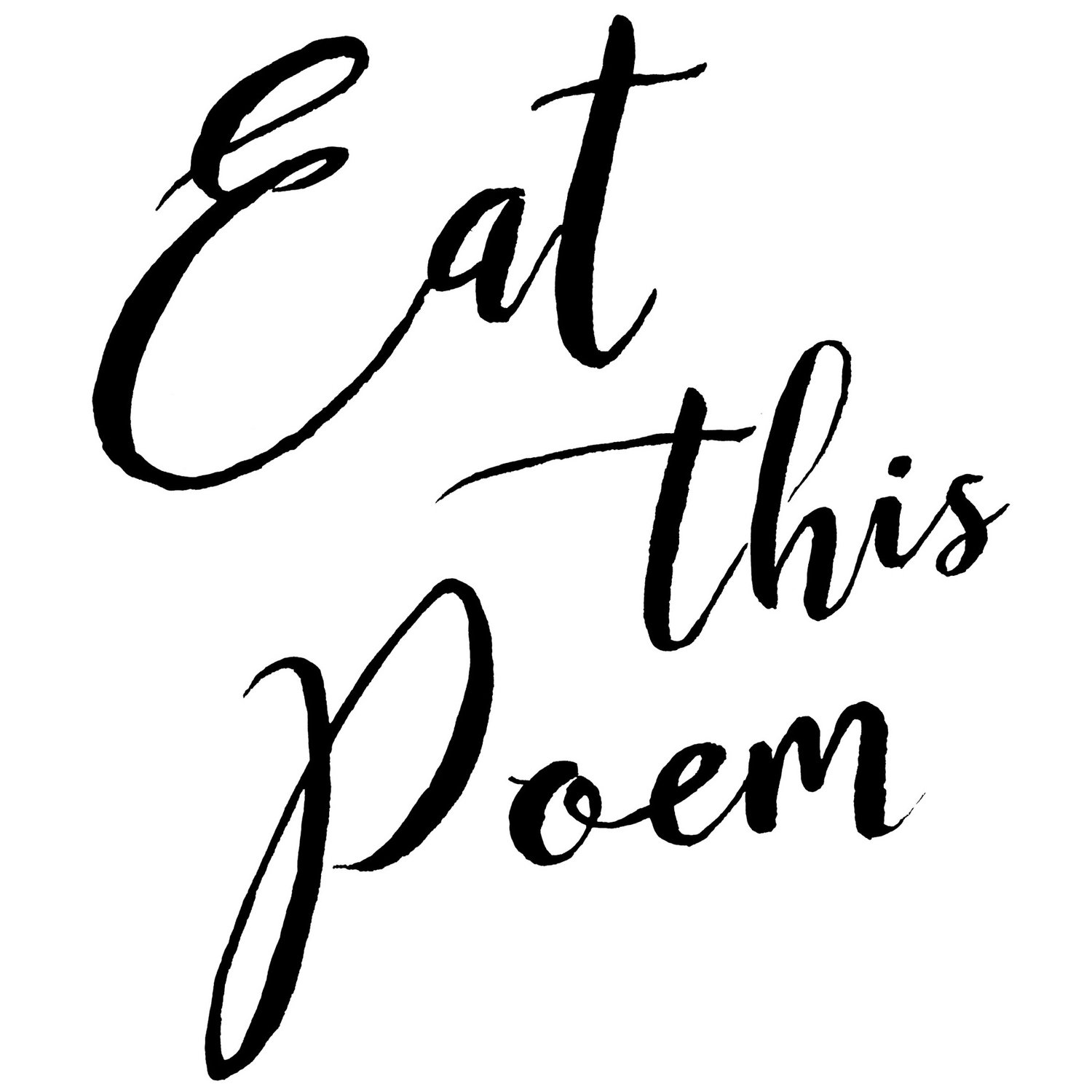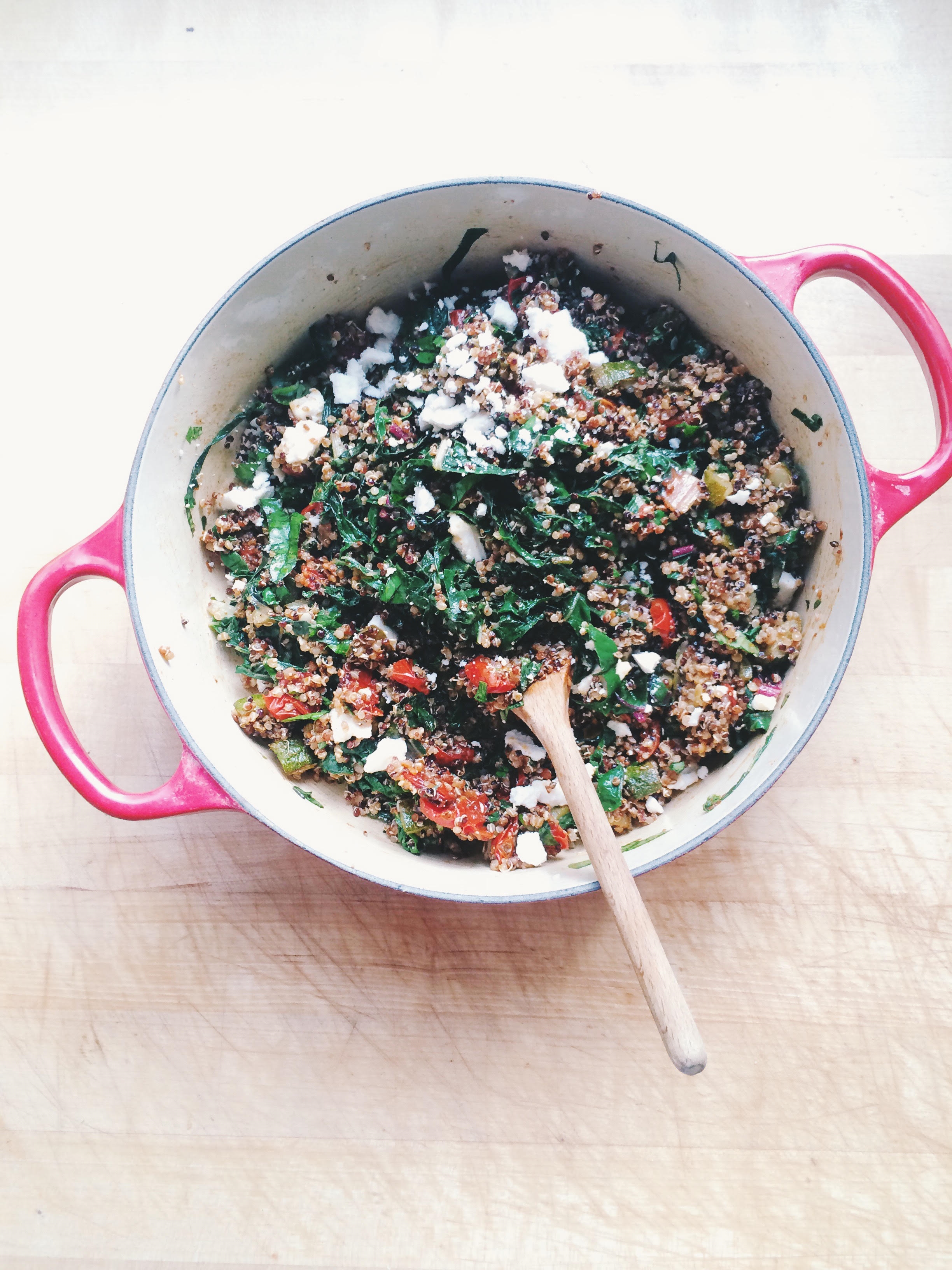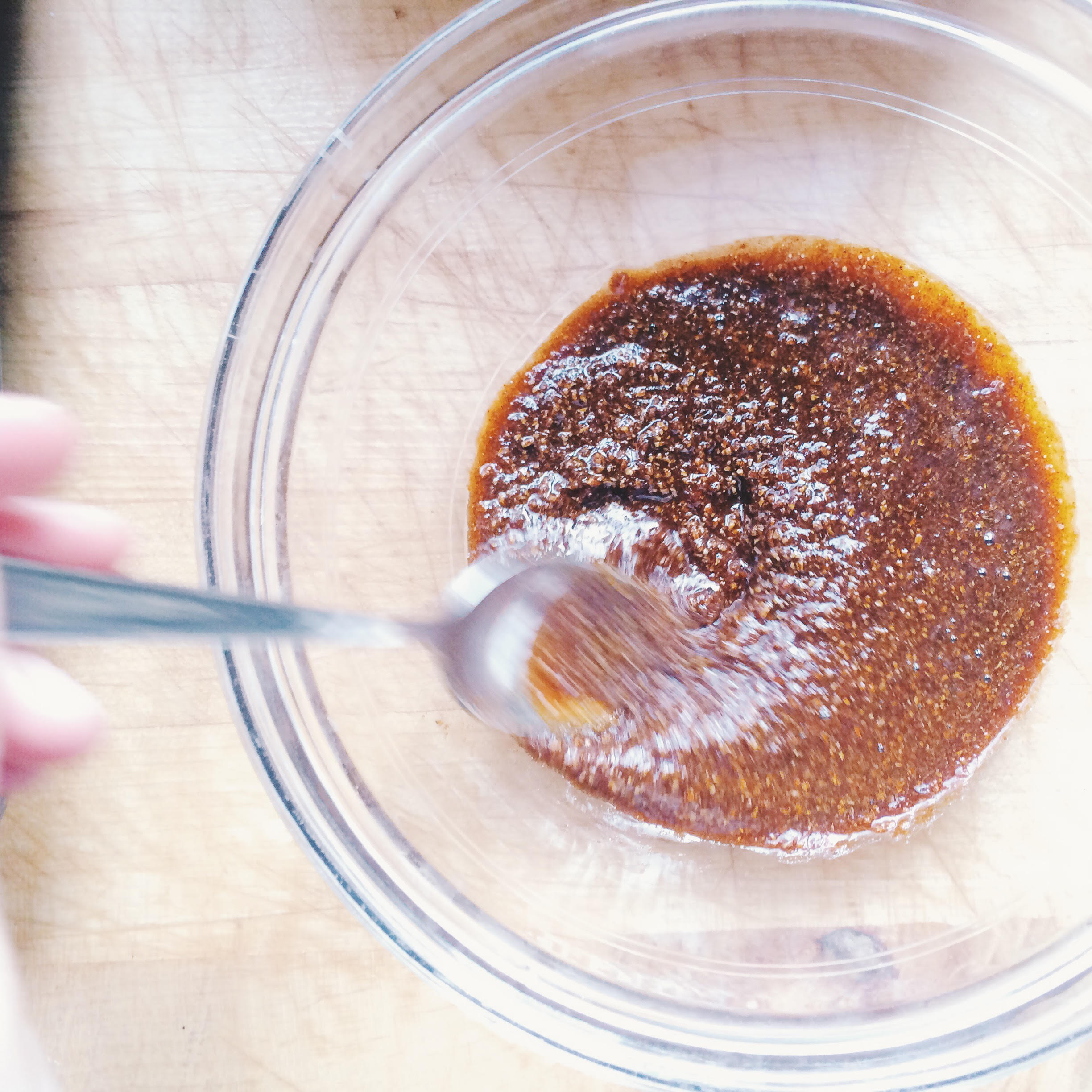Lately I've been paying more attention. Consciously so, because I've found it's one of the only ways to write anything.
If you're in the Right Brains Society, you'll recall this sentiment from my last letter, but I wanted to share some of it here, too, because it's fresh on my mind. Fresh, because I had stopped paying attention almost entirely for the better part of a year. A year! It had really been that long.
I learned a very long time ago that paying attention to my life is an essential ingredient to the writing I do, because without daily observation, potential stories, lessons, and insights are easily lost. Naturally, this was easier in college. There were fewer distractions, fewer responsibilities, and I often spent entire afternoons reading, writing, and pondering. What once took no effort at all now requires a decidedly conscious effort, and I'm emerging from a bit of a fog in this area.
I spent the past year working really hard at a new job, and although I do a lot of writing at said job, it’s not the same as what I do here. I was busy, and didn't often have energy to focus on my own work at the end of the day. Many times I thought of an idea but forgot to write it down (always a mistake).
This absence goes for cooking, too. I relied heavily on an arsenal of recipes I'd come to call my own, and my magazine and cookbook stacks grew taller before I had a chance to finish them and attempt something new. There was also this new development to contend with.
Writing's absence didn’t bother me at first. I was fully aware that a new season in life was beginning, and I was prepared to face it head on. Then it caught up to me, and for the past few months I’ve felt the tugging. You might know what I mean. Just a small whisper in my spirit, nudging me back to the page, or at the very least to awareness of the small details that make up my day, and therefore my life.
Something I particularly enjoy about writing is the opportunity to translate my personal experiences a broader audience, making larger connections that others can relate to. The problem is, when I stop paying attention to everything (from how the kitchen sounds when I’m waiting for the tea kettle to boil, to how the sun feels on my face, to the conversation at the next table), I lose details that are ripe for picking. All can become a lesson, a story, even a glimmer of hope for myself and another.
But what good are we when writing slips away?
Back when I wrote poetry and when I needed to explain it to people, I often said "I think in poetry." This was the only way I could illustrate how my mind worked. When I saw a tree branch sway in the wind, or a bird running on the beach, or someone help an elderly woman across the street, lines would begin forming in my head.
Eventually, I started thinking less in poetry and more in food (which led to the wonderful launch of Eat This Poem; I started "thinking in recipes" by then), but paying attention was still a constant force in my life.
Then 2014 happened.
But as the old adage goes, absence makes the heart grow fonder, and I’m reclaiming my role as a writer with a new energy, realizing just how much content is available to us if we simply pay attention. Every. Single. Day.
Even when we’re not typing, cultivating our writing practice requires daily participation. We should see our life experiences, however mundane or extraordinary, as fuel for our work. We should notice everything. Here are a few ways to do it.
Don’t worry about connections. It’s tempting to dismiss a thought because it’s incomplete, or you can’t think of anything profound to say. Don’t focus on the work to be done, just stay in the present. If you see something, if you’re inspired, if you think of a phrase or a line or a word, capture it.
Write it down. Whether you rely on a notebook or your iPhone, take notes regularly. I have several notes on my phone including “Recipe Ideas,” “Essay Topics” or simply “Thoughts." When something comes, I start writing. When I have time, I’ll go back and see what’s worth saving and what’s not.
Exercise. We’ve discussed the value of exercise at length. Walking, meditation, yoga, running… whatever gets your heart and mind working are important partners in your quest to observe the world around you. In the moment, walking can help you think through ideas and form illusive connections. When you’re not exercising, the benefits of training your brain to stay in the present will help fuel your creativity over the long-term.
Practice gratitude. Establishing a daily gratitude practice can encourage you to focus on the details. Rather than waiting until the end of the week or month when you might be prone to focus on bigger announcements (I’m grateful my sister got engaged, I’m grateful for my promotion, I’m grateful for dinner with friends), being grateful every day might sound like this instead: I’m grateful for the smell of jasmine tea, I’m grateful for toast, I’m grateful that my husband took the dog outside this morning, I’m grateful for the sound of the dishwasher after a dinner party, I'm grateful for sunshine on the patio.
Again, these details might not seem significant, but when you’re going about your day looking for things to be grateful for, you might be surprised how often those pieces of gratitude can set your mind on a thought pattern that might inspire you along the way.
If you're feeling overwhelmed (like I was a few months ago), take heart that at the very, very least, simply opening yourself up to paying attention and being mindful of the desire, is a step in the right direction.
You might not write an essay tomorrow or start a blog the next day, or write a book proposal next month. You might just be getting back into the swing of things. Wherever you are, it's a good place to be. Acknowledge it, watch it, and see what you discover.








